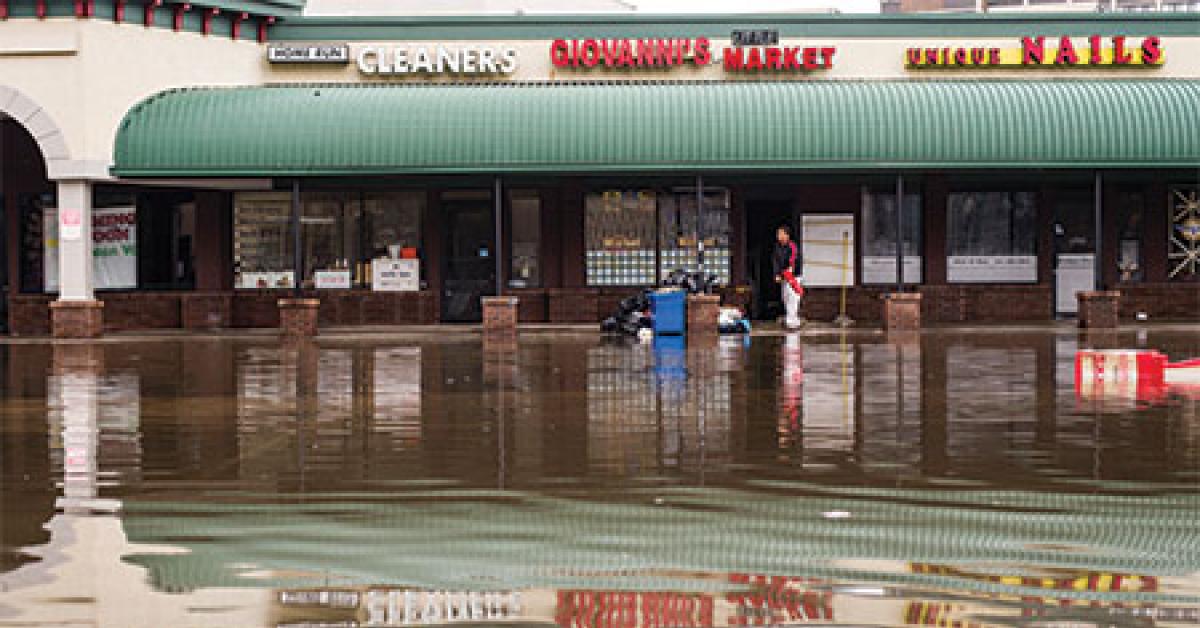NEW YORK — An industrial plant explodes in Texas. A tornado ravages Oklahoma. A hurricane floods the East Coast. Bombs shut down the city of Boston.
Those recent disasters caused tremendous human suffering. All of them, too, brought devastation to businesses large and small. From damaged buildings to wrecked inventory to disrupted supply lines, natural and man-made disasters can tear a huge hole through profitability. In many cases, businesses close their doors for good.
PLAN FOR RECOVERY
What lessons can we learn from all this? Here’s one: Business owners must design and implement disaster recovery plans designed to mitigate harm when bad things happen. With that in mind, now would be a good time to revisit your own recovery plans with a fresh look. Are you taking the right actions to minimize damage if you are hit with a wind storm, a lightning strike, a flood or a power outage?
Your answer might well be “no.” Too often, the details of disaster planning get short-changed for pressing matters such as personnel or supplier issues. That’s a mistake. No matter how successful your drycleaning operations, everything you do can come to a halt if there’s no Plan B when Plan A gets derailed.
“A bad event can take down a company forever,” says Jeffrey Williams, president of Binomial International, a disaster planning consultancy in Ogdensburg, N.Y. “That’s why it’s so dangerous for businesses to keep disaster planning on the back burner.”
In approaching a redesign of your own plan, experts counsel taking a broad view, incorporating as many “what-ifs” as possible.
“There are three types of disasters,” says Williams. “The first is natural. Think weather. The second is technical, when equipment fails. The third is a human error, what people do to other people. That can be sabotage or a fire.”
Advice from Williams: plan for all three.
OFFSITE DATA
Suppose you were forced out of your building right now. Maybe you are the victim of a fire, flood or wind storm. How would you continue your business? The likeliest answer would be “with great difficulty,” unless you have taken measures to assure the maintenance of a certain level of customer service and sales.
“Businesses can take a number of steps to assist in getting through a crisis before the next disaster strikes,” says Chris Hackett, director of policy development in the research division of Property Casualty Insurers Association of America. Perhaps one of the most important, he says, is the determination of a temporary relocation site.
That temporary site might be the basement in your home, or a rented room in another city. Whatever the location, it must be one where you can access your critical files. That includes your accounts receivable so you know who owes you money. It also includes your customer lists to protect your future revenues. Keep a computer at this location with continually updated company data.
On the topic of alternatives, make sure you have a fallback Internet network into which you can plug your devices. And have a call-forwarding plan prepared that will route incoming calls.
Finally, put together an offsite list of emergency responders. These are people you’ll need to call to help solve the problems the disaster has caused. Include the following:
Your attorney, accountant, and insurance agent.
Any firms that can accomplish recovery tasks, such as removing water, cleaning, hauling trash, painting, repairing electrical/plumbing systems, replacing locks and getting computer equipment running.
Real estate agencies that can help you set up a remote operational base while restorations continue.
The remote location is one thing; having people who take the right actions is another. Identify the steps you’ll need to take when disaster strikes, then assign them to key personnel.
“Things will go much smoother if everyone knows what they ought to do in a crisis,” says Williams.
Assign the following tasks to some key individuals: 1) Calling employees and customers to let them know what has happened; 2) Notifying suppliers and insurance companies; 3) Arranging for repair work by plumbers, electricians, and restoration contractors.
Check back Thursday for the conclusion!
Have a question or comment? E-mail our editor Dave Davis at [email protected].
